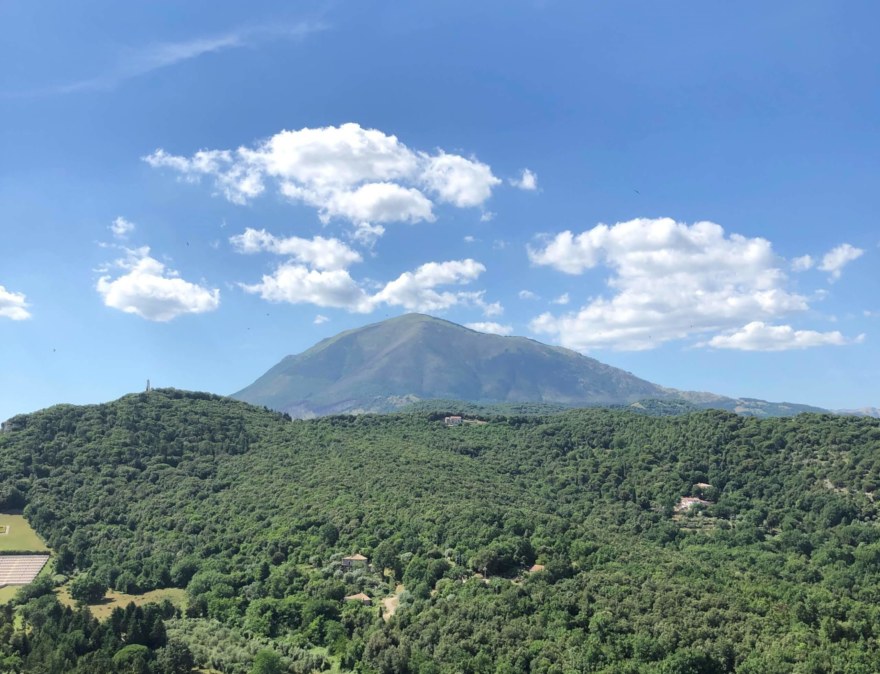The Heart of the Mountain | Reflections from Rome 2021
One of the great graces of the Rome Experience is that the program is so diverse that to try to anticipate the next thing is, well, futile. For example, last Saturday we spent the morning at the Congregation for the Doctrine of the Faith, and later that afternoon five of us were praying in front of the tombs of Sts. Benedict and Scholastica two hours away in Montecassino. This diversity of experience has a unique way of opening up the mind and heart for the Lord to fill it.
I experienced this unanticipated grace in an unexpected way on my way to Montecassino. On Saturday morning, five of us seminarians (three from Cincinnati and two from Washington D.C.) hopped in a rental car and took off to visit Sts. Benedict and Scholastica in Montecassino and St. Padre Pio in San Giovanni Rotundo, Italy. To my surprise, on the way we had to drive through a stunning mountain range. As I took in the beauty of these stunning peaks, I started to think about how a mountain is formed.
As I reflected, I tried to remember back to middle school science class. I remembered that mountains were generally formed when tectonic plates floating on a bed of magma and propelled by the internal heat of the earth’s core would collide with each other. As they continued to push on each other, either one or both of the plates would begin to rise toward the sky, forming a beautiful mountain.
As I continued to ponder, I was struck by how much must go into this process. All the pressure of the plates pushing on each other. The heat needed to melt granite. The number of years it would take for a 14,000 ft. mountain to come out of plates that move a few inches a year. And all of this happening in a seemingly random and chaotic process, taking place principally in the heart of the mountain.
And then it occurred to me…are we not in a sense the Lord’s mountains? Does God not do the same things with his children? Does God not use the pressure of the events to invite us to grow in virtue? Does God not allow suffering in our life, producing a type of “heat” which melts our cold, stony hearts, allowing the Lord to give us new, natural hearts?
And doesn’t this process take place over a long time in the depths of our hearts where only the Lord truly sees? The only difference is, like the Rome Experience, this process only happens if we choose to stop trying to anticipate and control. Rather, God invites us to surrender to his loving Providence with an attitude of complete trust out of love. If we choose to trust the Lord and allow him to work in us, then He will form us into a beautiful mountain in the midst of the world. A mountain that others will look at and wonder, “Why are they so beautiful?” To which we can respond, “His name is Jesus.”
Matthew Montag
Archdiocese of Cincinnati


